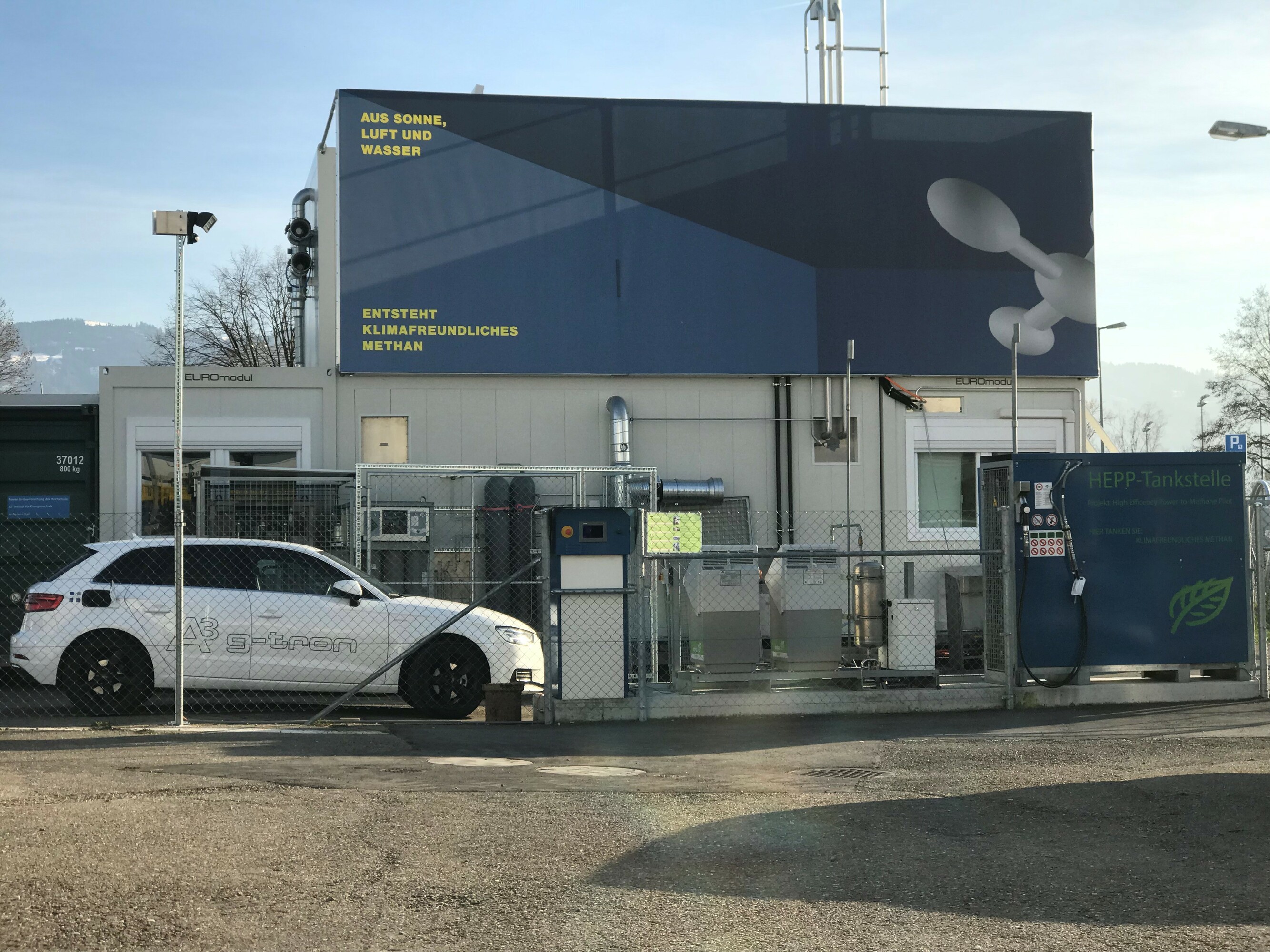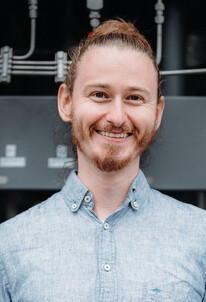Research project
ENSURE - Preventing extreme situations in the local power grid with chemical reactors
The ENSURE project is investigating various extreme situations that may occur in local grids in the future and ways of avoiding them. The focus is on the expected peak loads and issues relating to grid stability. The aim is to analyse which flexibilities and requirements new sector coupling technologies such as Power-to-X and X-to-Power must provide in order to actively contribute to peak smoothing and grid stability.
What the project is all about
A physical grid model is used to simulate local electrical grids and existing and future challenges in connection with the energy transition on a scale of 1:1000. Extreme situations in particular, such as rapid and large load changes or sudden voltage drops, cannot be simulated in the real grid without jeopardising the security of supply, but appropriate technologies must nevertheless be tested for their response to these challenges. In the ENSURE project (preventing extreme situations in the local electricity grid with chemical reactors), Power-to-X and X-to-Power technologies are being exposed to specifically induced extreme situations and it is being investigated how they can react to these challenges and contribute to grid relief. Such challenges include
- Grid stability due to the increased elimination of conventional rotating generation and the resulting decrease in inertia in the grid
- Rapid and large load changes
- Large vertical load flows at lower voltage levels
- Power surpluses and power shortages
Based on the results, the extent to which various storage technologies could counteract a necessary grid expansion locally is determined, as load peaks are absorbed locally. The costs that corresponding Power-to-X and X-to-Power technologies with any necessary storage systems would incur are compared with any savings in grid expansion costs. This should provide local energy suppliers in particular with knowledge that they can incorporate into future grid planning and security of supply planning. With these results, it will also be possible to estimate whether and to what extent Power-to-X and X-to-Power technologies can be used for primary, secondary and tertiary control as well as for seasonal energy storage.
Research questions - these aspects are analysed in the project
Research questions on load changes in the power grid:
- Which peak loads and thus surplus flows will have to be absorbed and smoothed out in the future, what power shortfalls can be expected?
- Which surplus flows can be absorbed by the new technologies and which power gaps can be eliminated? What is the response time?
- Which technologies are best suited for use as primary, secondary and tertiary control? Which can contribute to covering the winter electricity shortfall?
Theoretical balancing:
- What grid expansion costs arise for the local electricity grid (small town size), with or without the use of Power-to-X and X-to-Power technologies?
- Which business models favour local grid relief through corresponding technologies? Which stakeholders are involved?
- What risks are associated with the use of the new technologies?
- Concept for scaling the analysed technologies so that a transfer to the size of a small Swiss town (Rapperswil) is possible.
Duration: 01.02.2024 - 30.06.2026
Funding:
- Bundesamt für Energie BFE
- Forschungsfonds Gas FOGA
- IG Power-to-X
- Kanton St. Gallen
- OST - Ostschweizer Fachhochschule
- Verband Schweizerischer Elektrizitätsunternehmen VSE
Partner:
- AEW Energie AG
- EKZ Elektrizitätswerke des Kantons Zürich
- EW Grüningen AG
- EWJR Elektrizitätswerk Jona-Rapperswil AG
- Romande Energie
- Stadt Rapperswil-Jona













